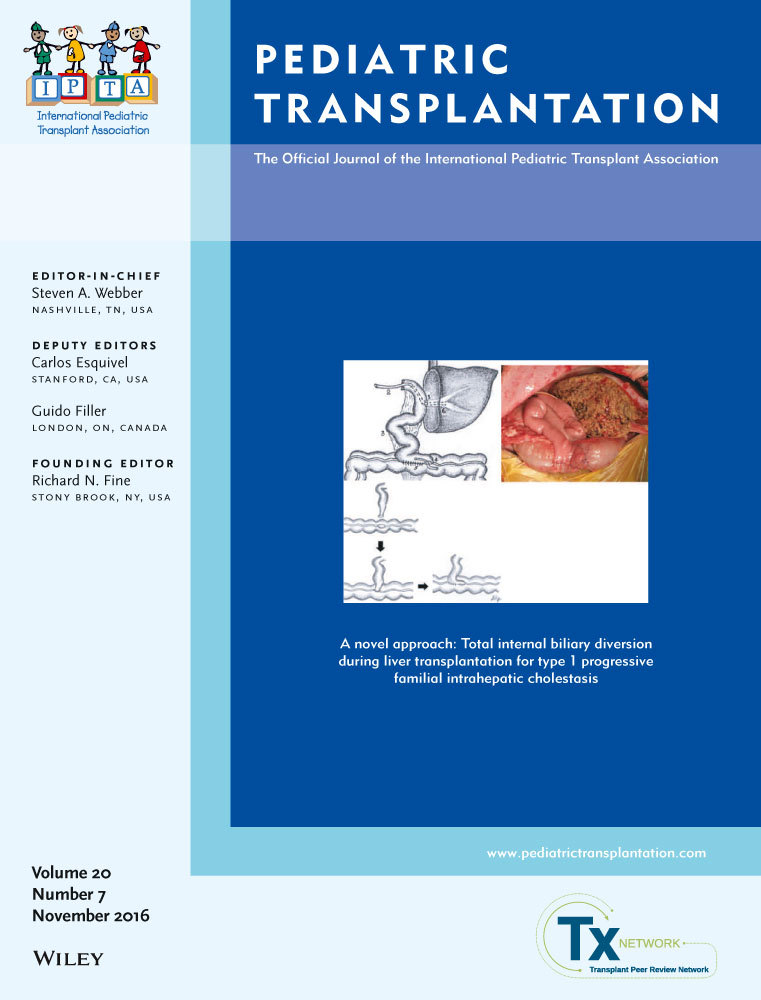Challenges managing end-stage renal disease and kidney transplantation in a child with MTFMT mutation and moyamoya disease
Abstract
Moyamoya disease is a chronic cerebrovascular disorder with progressive stenosis. We describe a four-yr-old female with features of moyamoya disease referred to our center for kidney transplant evaluation with ESRD secondary to presumed renal dysplasia along with concern for cerebral vascular anomalies. With her constellation of organ involvement, a genetic workup revealed a homozygous, frameshift mutation in the mitochondrial methionyl-tRNA formyltransferase gene. Given her vascular anomalies and evidence of prior infarcts seen on cerebral imaging, it was felt that her risk of future stroke events was high and that hypotension or intravascular volume depletion would further exacerbate this risk. In hopes of improving her tenuous cerebral perfusion, she underwent a bilateral temporal craniotomy for superficial temporal artery to middle cerebral artery bypass. We highlight the challenges faced in a child with ESRD and kidney transplantation when cerebral vasculature is compromised. A multidisciplinary approach is critical in determining the need for a revascularization procedure prior to transplant and to help reduce the risk of ischemic or hemorrhagic events in this patient population.




